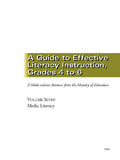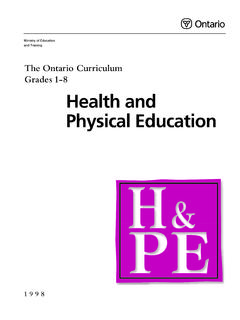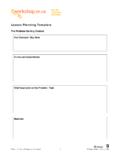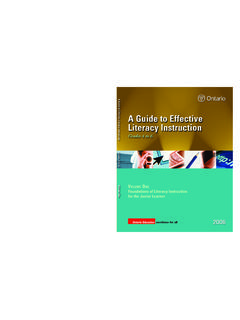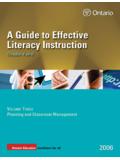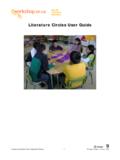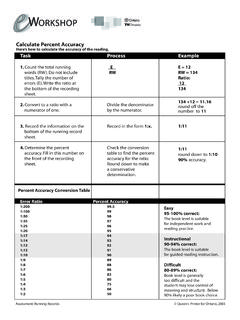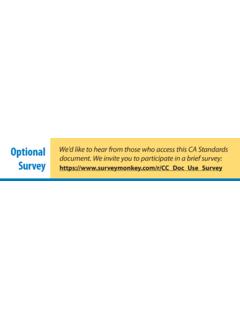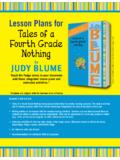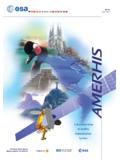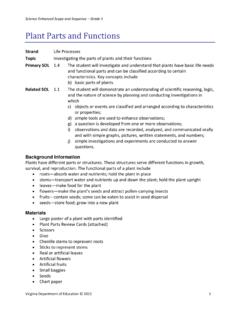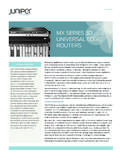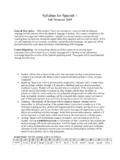Transcription of Measurement Learning Activities – Grade 4 - …
1 Measurement 1 of 26 Queen's Printer for Ontario, 2007 Measurement Learning Activities Grade 4 The First Decade of My 2 Curriculum 3 About the Learning 3 About the 4 Getting 4 Working on 5 Reflecting and 9 Tiered 10 11 Home 12 12 Home Connections: Personal Time 13 Home Connection 1:.. 13 Home Connection 2:.. 13 Designing a Kindergarten Play 14 Curriculum 14 About the Learning 15 About the 16 Getting Started: Measuring and 17 Working on 20 Reflecting and 22 Tiered 23 23 Home 24 25 : Recording 26 The First Decade of My Life Strand: Measurement , Grade 4 Big Idea: Attributes, Units, and Measurement Sense Overview In this Learning activity, students create a time line of significant events that occurred during the first decade of their life. Significant events may include important world events, important innovations, and personal or family milestones. Time lines such as these provide a rich context for posing and responding to more complex mathematical problems, and for working with a variety of Fermi questions.
2 This Learning activity can be effectively linked to Heritage and Citizenship: Grade 4 Medieval Times. The Learning task builds upon students prior Learning of relationships between years and decades and extends their understanding to the relationships between years and decades, and between decades and centuries. Before starting this Learning activity, students will need opportunities to read and interpret sample time lines. They will also need to have an understanding of how to solve problems involving relationships between minutes and hours, hours and days, days and weeks, and weeks and years, using a variety of tools. Measurement 2 of 26 Queen's Printer for Ontario, 2007 Measurement 3 of 26 Queen's Printer for Ontario, 2007 Curriculum Expectations Overall Expectations Attributes, Units, and Measurement Sense: estimate, measure, and record length, perimeter, area, mass, capacity, volume, and elapsed time, using a variety of strategies; Measurement Relationships: determine the relationships among units and measurable attributes, including the area and perimeter of rectangles.
3 Specific Expectations Attributes, Units, and Measurement Sense: estimate and determine elapsed time, with and without using a time line, given the durations of events expressed in five-minute intervals, hours, days, weeks, months, or years; Measurement Relationships: solve problems involving the relationship between years and decades, and between decades and centuries. About the Learning Activity Time: 4 hours Materials : Home Connections: Personal Time Line paper (bristol board, chart paper, or butcher paper); markers; glue informational texts and/or Internet access clock or stopwatch; calculators; calendar optional: family pictures; toothbrush and toothpaste; math journals Mathematics Language units of Measurement for time ( , century, days, decade, hours, minutes, years, months) elapsed; duration; time line; frequency; innovations; time anchors Instructional Grouping: individual and partners About the Math Fermi Questions Fermi questions emphasize estimation, numerical reasoning, communicating in mathematics, and questioning skills.
4 Students often believe that math problems have one exact answer and that the answer is derived in a unique manner. Fermi questions encourage multiple approaches, emphasize process rather than the answer , and promote non-traditional problem solving strategies. (Talamo, 1996) Getting Started Teacher Note: Having students create and share personal time lines will provide an authentic opportunity to celebrate diversity in your classroom. Instructions to students Describe the following scenario to the class: A time line is an effective organizer for recording important events and innovations. Over the next several days you will be creating your own personal time line, detailing the first decade of your life. Your time line will include significant personal and family events, world events, and important innovations. In order to complete this time line you will be required to gather information from your family as well as from secondary resources, such as informational texts or the Internet.
5 Your time line will be shared with your classmates and used to investigate interesting facts from the first decade of your life. Teacher Note: When discussing elapsed time on the sample time lines, direct conversation to the appropriateness of the unit used to describe the duration, frequency, and time between events. Select a variety of events or innovations in order to ensure that various units are used to describe elapsed time. Model the language of approximation when describing elapsed time. Measurement 4 of 26 Queen's Printer for Ontario, 2007 Working on It Stage One: Creating a Personal Time Line Before beginning this task, give students time to reflect and connect by brainstorming what they know about time lines. As a group, review sample time lines to examine and note organizational structures and features. Measurement 5 of 26 Queen's Printer for Ontario, 2007 Discuss the supplies that are available and have the students do research on resources.
6 Provide direction on the number of events and innovations that should be included per year on each time line. Encourage students to strive for a balance between personal events, world events, and important innovations. To facilitate comparison through shared discussion, you may decide to select specific events that must be represented on all time lines. Examples of questions related to personal events might include: Teacher Note: Teachers may decide to share a historical time line linked to Heritage and Citizenship: Grade 4 Medieval Times. A historical time line will provide opportunities to discuss elapsed time and to investigate the relationships between years and decades, and between decades and centuries. When did you learn to talk? When did you learn to walk? When did you start school? When did you get your first tooth? A key feature of each time line will be notations indicating the amount of elapsed time within and between events.
7 Specify a reasonable number of notations per time line. It is important for students to recognize that when indicating elapsed time, certain notations will require a greater degree of precision than others. Teacher Note: When discussing key events on a sample time line, it is best to focus on elapsed time, given the time and duration of specific events. In discussions and shared investigations, elapsed time can be expressed in intervals of five minutes or in hours, days, weeks, months, or years. Teacher Note: This component of the Learning task offers an excellent opportunity for a home connection. Interviewing a parent about important personal milestones, family events, and significant world events will enrich this task for students. With parental permission, family photographs could be used to visually represent key events on the time line (see Home Connection 1 on ). As students work on their personal time lines, circulate and conduct individual conferences.
8 During this phase, you will be able to assess students understanding of elapsed time by discussing their notations of the duration of specific events, milestones, or innovations. Focus on whether students have selected an appropriate unit of Measurement , and also on their recognition of the degree of precision required. Students can then share their completed time lines in a Gallery Walk (where students display their work for others to view) or in Sharing Circles (where students share their work in small or large group settings). At this point in the activity you may decide to have students complete a math journal entry, focusing on describing elapsed time and on noting an appropriate degree of precision. Teacher Note: Using the language of approximation, relate events that occur naturally throughout the school day to various units of time. Experiences that allow students to estimate, measure, and record time intervals to the nearest minute will provide foundational knowledge for this Learning task.
9 Everyday references and experiences will help students to develop benchmarks for time, thus providing an anchor for reasonable estimation. Teacher Note: See the music video of the song Help me Fermi at The Fermi questions asked in this song may motivate students to ask and explore their own questions. Scaffolding suggestion: You might ask students to sketch a time line with notches to indicate units of elapsed time. A student who learned to walk at 18 months could be asked to locate this point on his or her time line. By counting forward six months and eight years, the student would be able to determine the amount of elapsed time between when he or she learned to walk and the present. Stage Two: Fermi Questions Students focus on the elapsed time related to a specific event in order to solve rich problems involving the relationship between years and decades, and between decades and centuries. Measurement 6 of 26 Queen's Printer for Ontario, 2007 Estimating tooth-brushing time Say to the students: You have been sharing personal events, world events, and important innovations using your personal time line of the first decade of your life.
10 Every day, we spend considerable time completing daily routines. Tooth-brushing is one of those routines. In the next part of the time line activity you will be adding time anchors related to tooth-brushing. You will be working with a partner to consider the following questions: Approximately how much time might a person spend brushing his or her teeth in one year? Approximately how much time might that person spend brushing his or her teeth in one decade? Teacher Note: Discuss student estimations, connecting to benchmark references noted in daily classroom routines. You may decide to chart these estimates on a class tally. Approximately how much time could that person spend brushing his or her teeth in half a century? Let s begin by estimating, to the nearest minute, how long it takes to brush your teeth: Approximately how much time do you think it takes you to brush your teeth? How many times per day do you brush your teeth?
